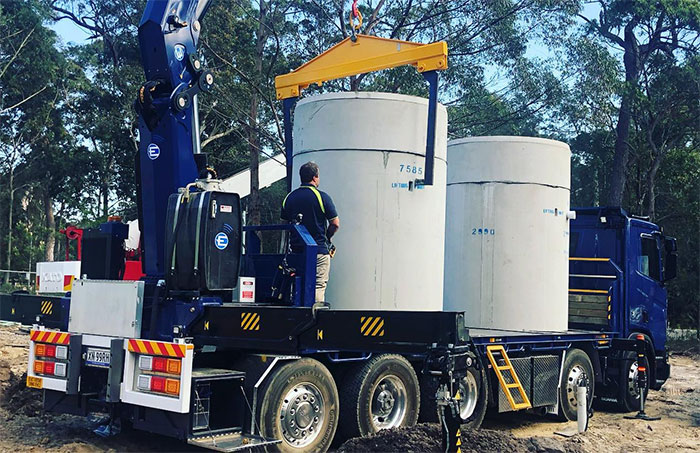A renter’s guide to living greener
You don’t have to be a home owner to make your household greener. Nearly a third of Australians live in rented accommodation and while there are limitations on what you can change in your rented home, there are ways to reduce your bills and environmental impact, even if rainwater tanks and solar panels aren’t an option. In fact, some of the most effective steps you can take to save energy, water and waste focus on making small changes to your daily habits with no financial cost to you at all.
Whether you’re renting short term or long term, there are lots of simple, inexpensive things you can do to live more sustainably and save money without sacrificing comfort. Packed with practical tips, this guide will show you where you’re using water and energy; how you’re producing waste and offer a range of suggestions on ways you can reduce these and save money.
How small steps can add up to big savings
The following simple actions could save a household of four more than $760 over the course of a year.
- Washing clothes in cold water rather than hot could save around $124 a year.
- If you’ve got a second fridge, getting rid of it could save around $155 a year.
- Switching off the game console after use could save up to $169 a year.
- Using the clothesline instead of the dryer once a week could save $69 a year.
- Installing a water-efficient showerhead could save you up to $250 a year on energy and water.
These amounts are a guide only. Exact savings will vary depending on the age of your appliances, the size of your home, the climatic zone you live in and the energy prices you pay.
Water smart tips
Being water efficient helps make every drop and dollar count.
- Consider water-efficient appliances and fixtures. When buying a new appliance or fixture, consider a water-efficient model. Look for the Water Efficiency Labelling and Standards (WELS) rating. There is also a range of rebates available to you or your landlord for installing or purchasing water-efficient products.
- Using taps efficiently. A tap leaking at the rate of one drip per second wastes more than 12,000 litres of water a year. Save water by fixing any leaking taps as soon as possible. You can reduce your water use by installing aerators. Aerators limit water flow and can be fitted to the inside or outside of taps. You may have to check with your landlord before going ahead.
Save water in the bathroom
- Showering. By installing a water-efficient showerhead you could save up to $250 a year on energy and water bills. If you have old inefficient showerheads, trying asking your landlord to replace these with water-efficient models as these use around one-third of the water and there are a number of rebates available.
- Flushing toilets. When using a dual-flush toilet, opt for the half-flush where appropriate. If your landlord is replacing a single-flush toilet, consider suggesting a water-efficient dual flush model as it could save 51 litres per person daily. If this isn’t an option, you could buy a water displacement device or use a plastic bottle filled with water in the cistern to reduce its water capacity.
Save water in the backyard
In Australia we use up to 60 per cent of household water outdoors, but there are things you can do to significantly reduce this.
- Water smart gardening. A traditional green lawn can use up to 90 per cent of your gardening water. You can reduce this by setting your mower to cut at 4 centimetres or higher. You can also reduce your garden water use by improving watering practices and choosing water-efficient products.
- Using greywater. Create your own greywater to use on your non-edible plants by placing a bucket in the shower or by catching rainwater where it falls outside.
If you are a homeowner and know someone who is renting and could benefit from these tips, why not sure this article with them?
This article was first published on LivingGreener.gov.au and reposted on www.sydneywatertanks.com.au/archive and www.bioseptic.com.au





